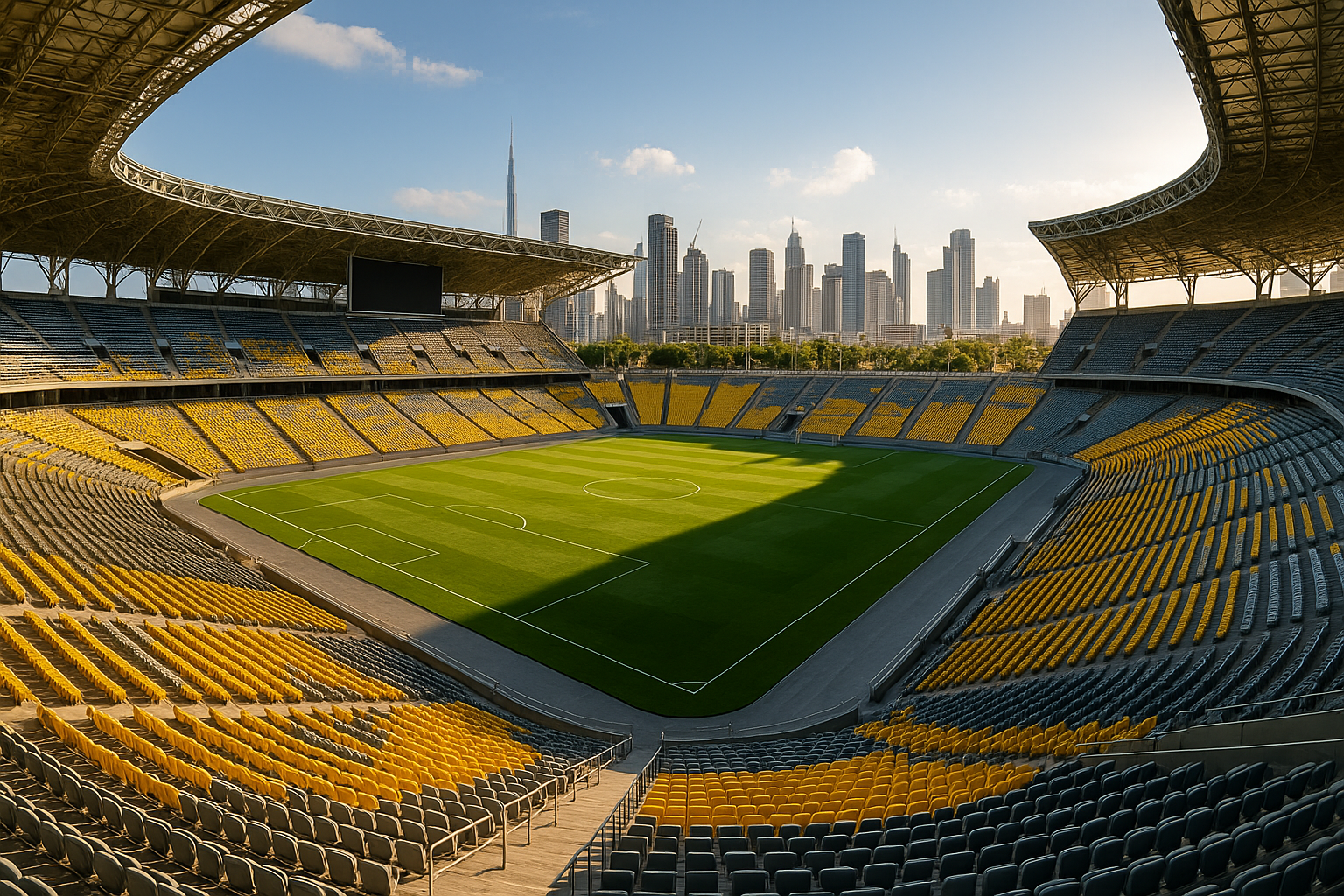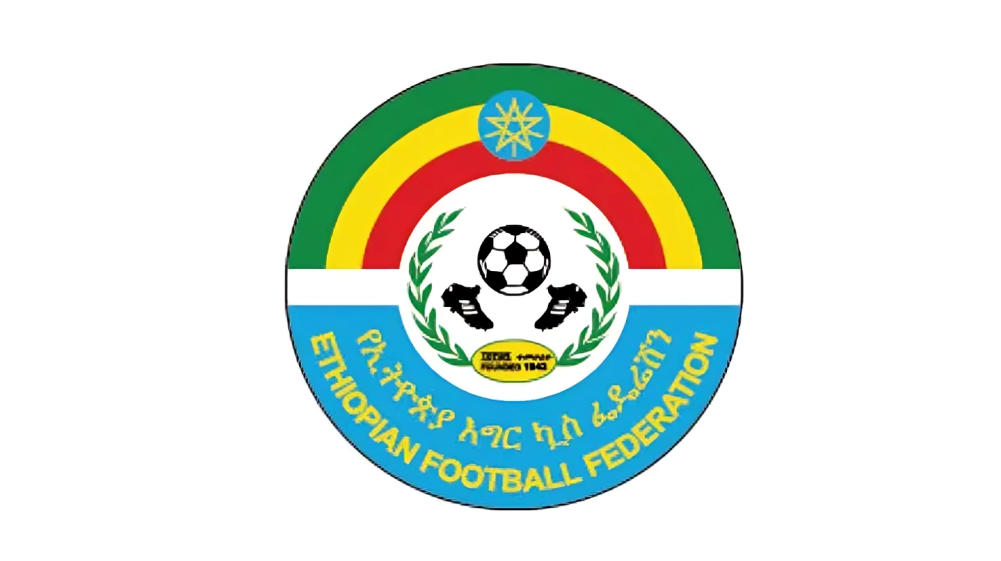FIFA Official Match Ball reveal is always one of the most anticipated moments before a World Cup. For many years, every time FIFA with its manufacturing attached company going with the trend bender when it comes to the introduction of official match balls. The newest version is much more than just a design-it is the embodiment of the innovation, cultural significance, and performance excellence.
From the first line of the sketch, designers dive into the identity and heritage of the host country. The colors, graphic motifs, and textures used are those of cultural landmarks, national symbols, or ecological themes. For example, the shell will include patterns resembling traditional needlework or local architecture, while the color palette will represent the bright landscape or flag colors of the host nation.
However, the appearance is just a fraction of the whole story. The underlying construction is what hones performance. New panel shapes, fewer seams, or seamless bonding are the ball’s best features that help it fly truer and reduce aerodynamic turbulence. Surface textures like micro-textures or fine grooving and dimples increase grip in humid or wet conditions and enhance flight stability. High-tech bladder materials are used to ensure air retention is the highest it can be while staying in the same shape when under high kick forces.
Match balls for the modern game also include the considerations for the environment. There has been a shift to the use of water-based inks and glues, renewable or recycled materials, and Eco-friendly packaging that they have started employing more and more frequently. Activities such as these can lead to a switch in the carbon footprint without the need to lose the real feel and the level of consistency that players are used to.
Before an item like this is introduced to the market, it goes through strict quality assurance tests. They are sent to wind tunnels, used in extreme weather, and then put through cycles of wear and tear. Pro-level instructors teach students touch, bounce, spin, and swerve during the drills so that players can be sure that the design works under the normal football intensity. The feedback loop is often the reason behind the last-minute changes, for example, texture depth, or panel bonding.
Lastly, there is the fan effect. The event of presentation, merchandising, and the way the ball looks in the stadium lights or TV broadcasts are important. A ball that is well-designed becomes iconic, found on posters, highlight reels, and remembered even long after the tournament finishes.


